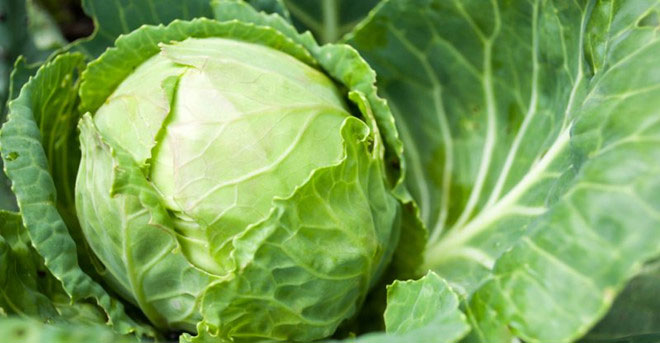Eating vegetables the wrong way, children can lose their lives because of dangerous syndrome
Children who consume too much nitrate in their vegetables can cause blue-baby syndrome, which causes the skin and lips to become pale, cyanotic, chest tightness, slow development, and death.
Vegetables contain fiber and many essential nutrients such as minerals, vitamins, plant chemicals (phytochemicals), which are very beneficial for both young people and adults.
Nitrate is also a common ingredient in vegetables. They do not affect the health of adults, even in the long term, but for children, especially children under one year of age, with the child's digestive system is not fully developed.
Children who consume too much nitrate can cause blue-baby syndrome in children, especially children under one year of age.
How does a child eat a lot of dangerous nitrates?
Fruits and vegetables also contain nitrates, which have many, and few with few. Nitrate is not toxic, but when entering the digestive system, a part of nitrate will turn into nitrite by the action of bacteria and enzymes. In children, the rate of conversion from nitrate to nitrite is more due to incomplete digestive system.
Nitrite is toxic. Nitrite makes part of the hemoglobine in the blood turn into methemoglobin. Hemoglobine is a blood oxygen transporter. And methemoglobin cannot transport oxygen. If the amount of methemoglobine in the blood increases, the oxygen transport in the blood becomes difficult, the amount of oxygen in the brain is insufficient, causing the blue-baby syndrome in children.
Children with blue-baby syndrome have pale skin and lips, cyanosis, chest difficulty breathing, developmental delay, which can lead to death.

Cabbage has a nitrate level of 500-1,000mg / kg.(Photo: Naturalfoodseries).
Which vegetables are high in nitrate?
The amount of nitrate present in plants differs widely, depending on the species. Less than 1 mg / kg like peas, up to a few hundred (kohlrabi, cucurbits), and several thousand (lettuce types).
Asparagus, potatoes, carrots, cucurbits, chickpeas . have a nitrate level of 200-500mg / kg. Cabbage, kohlrabi from 500-1,000. Green vegetables, salads . from 1,000-2,000 or more.
Most leaf stalks, leaf veins, leaves and green vegetables have the most nitrate. Then there are tubers (potatoes, beets .). Nuts, less nitrate cereals. The least nitrate fruit, the lesser the flesh.
How to reduce the amount of nitrate in vegetables
The Hong Kong Food Safety Authority offers some advice for mothers, preparing a vegetable meal to reduce the amount of nitrate in vegetables as follows:
- The general rule is that nitrate dissolves in water, washing clean vegetables, or blanching vegetables in hot water will reduce nitrate significantly.
- Wash vegetables thoroughly, or peel off tubers like potatoes and carrots.
- Sliced or crushed vegetables just before cooking.
- For vegetables with high nitrate levels, boil water for 1-3 minutes, and remove the vegetable juice.
- After processing, it is best to feed children immediately.
- If children are not fed immediately, it is recommended to store processed food in the refrigerator compartment (at a temperature not exceeding 4 degrees Celsius), and should not hold more than 12 hours.
- If you want to store food longer, store it in a freezer (-18 degrees Celsius).
- After taking out processed vegetables from the refrigerator, need to reheat before feeding your child.
- Because the amount of nitrate is more or less dependent on vegetables, children should rotate around, change often.
- List of types of vegetables to help the fluke nest in the body
- New research: Fruits and vegetables do not help you lose weight
- It is taboo when eating vegetables but many people still do not know
- The truth about human 'unusual' eating syndrome
- These vegetables should not be boiled or lose nutrients
- Eating the wrong foods dogs, cats are dangerous?
- 4 things will definitely happen to your body if you don't eat vegetables anymore
- Signs you do not eat enough vegetables
- Children love to eat vegetables if they have strange names
- What are the effects of eating white, brown vegetables, tubers and fruits?
- Why do people crave 'eating bad'?
- Letting many children go to age easily
 Green tea cleans teeth better than mouthwash?
Green tea cleans teeth better than mouthwash? Death kiss: This is why you should not let anyone kiss your baby's lips
Death kiss: This is why you should not let anyone kiss your baby's lips What is salmonellosis?
What is salmonellosis? Caution should be exercised when using aloe vera through eating and drinking
Caution should be exercised when using aloe vera through eating and drinking